
India Animals
| Today in India: Makara Sankranti (14 Jan) |
Follow the Trail of Wild Nature – Nature Tourism in India
India, a land of diverse ecosystems ranging from the snow-capped Himalayas to the tropical rainforests of the Western Ghats, is home to a fascinating array of wildlife. From the majestic Bengal tiger that prowls the dense jungles of central India to the graceful Indian peafowl that adorns the countryside with its vibrant plumage, the country is a haven for nature enthusiasts and wildlife lovers.
Embark on a journey through the enchanting world of animals that call India home. Encounter the gentle giants of the Indian wilderness, such as the Indian elephant, as they amble through the forests of the Western Ghats. Witness the elusive Indian leopard as it stealthily navigates the rocky terrain of the Aravalli Range. And don't miss the vibrant birdlife, from the resplendent Indian paradise flycatcher to the regal Indian peacock, each adding a splash of color to the country's diverse landscapes.
Mammals of India
India, a land of majestic wildlife, is home to a diverse array of mammals that enchant the nature enthusiast. The Bengal tiger, India's national animal, roams the dense forests and grasslands, a symbol of strength and grace. In the snow-clad Himalayas, the elusive snow leopard, with its ghostly beauty, treads silently. The Indian elephant, revered in culture and religion, can be seen in the lush jungles, particularly in the Western Ghats and the Northeast. The one-horned rhinoceros, a prehistoric giant, plods through the swamps of Assam's Kaziranga. The Indian leopard, adaptable and widespread, is found across various habitats. The Ganges river dolphin, an aquatic marvel, navigates the murky waters of the Ganges. These mammals, among others, form the rich tapestry of India's vibrant wildlife.
Birds of India
India, a land of vibrant biodiversity, is a haven for bird enthusiasts, boasting a spectacular array of avian species. The Indian Peafowl, or peacock, with its iridescent plumage, is not only the national bird but also a common sight in the wild, often found in forested areas and near rural villages. The majestic Great Indian Hornbill, with its striking casque atop a massive bill, is a symbol of the Indian forests. In the wetlands, one might glimpse the elegant Sarus Crane, the tallest flying bird in the world, native to the Indian subcontinent. Keoladeo National Park, a World Heritage Site, is a winter home for migratory birds like the Siberian Crane. Birders can also marvel at the vibrant colors of the Indian Pitta in the dense forests, or the Sunbird, akin to a jewel flitting among flowers, sipping nectar across gardens and woodlands. These are just a few gems in India's rich ornithological tapestry.
Reptiles, Amphibians, Insects
Top Spots for Wildlife Observation in India
- Ranthambore National Park, situated in the state of Rajasthan, is a former royal hunting ground turned into a wildlife sanctuary. It is one of the best places to spot the majestic Bengal tiger in its natural habitat. The park also hosts leopards, striped hyenas, sambar deer, and a variety of birds, including the crested serpent eagle and the Indian grey hornbill.
- Kaziranga National Park in Assam is a UNESCO World Heritage Site and a stronghold for the one-horned rhinoceros, with two-thirds of the world's population residing here. The park's wetlands and tall grasses also shelter wild water buffalo, swamp deer, and elephants. Bird enthusiasts can marvel at the numerous species of migratory birds, waterfowl, and raptors.
- Jim Corbett National Park, nestled in the foothills of the Himalayas in Uttarakhand, is the oldest national park in India and part of the larger Corbett Tiger Reserve. It is a haven for Bengal tigers, as well as other mammals like the Asiatic elephant, sloth bears, and several species of deer including the chital and barking deer. The park's diverse birdlife includes the great pied hornbill and the red junglefowl.
- Sundarbans National Park, located in West Bengal, is a mangrove ecosystem and a tiger reserve, famous for its population of the elusive Sundarbans tiger, which has adapted to the aquatic landscape. The park also supports a variety of other wildlife, such as the saltwater crocodile, the Indian python, and the endangered Ganges river dolphin.
- Bandhavgarh National Park in Madhya Pradesh is another prime location for tiger spotting, with one of the highest densities of Bengal tigers in the world. The park's mixed forests and grasslands are also home to leopards, Indian bison (gaur), and numerous bird species, including the steppe eagle and the white-rumped shama.
- Kanha National Park, also in Madhya Pradesh, inspired Rudyard Kipling's "The Jungle Book" and is known for its significant population of Royal Bengal tigers, Indian leopards, and the rare hardground barasingha or swamp deer. The park's meadows and forests also provide habitat for the Indian wild dog (dhole) and over 300 bird species.
- Gir National Park in Gujarat is the last refuge of the Asiatic lion outside Africa. The dry deciduous forests of Gir also support other predators such as leopards, along with a variety of ungulates like the chital, nilgai, and the four-horned antelope (chousingha).
- Periyar National Park in Kerala is set around a picturesque lake and is renowned for its elephant herds and tigers. The park's evergreen forests are a hotspot for biodiversity, with species like the lion-tailed macaque, Nilgiri langur, and Malabar giant squirrel, as well as an impressive array of endemic bird species like the Malabar grey hornbill.

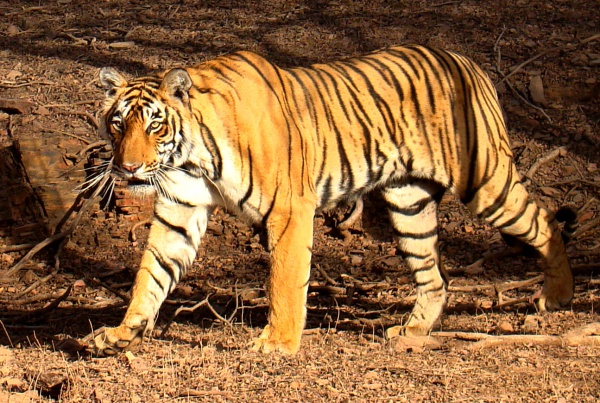
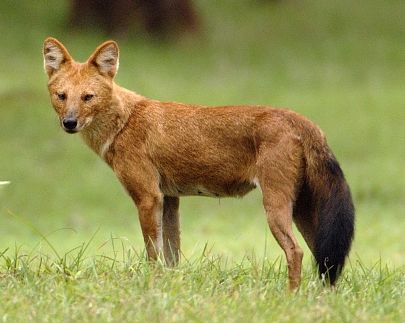

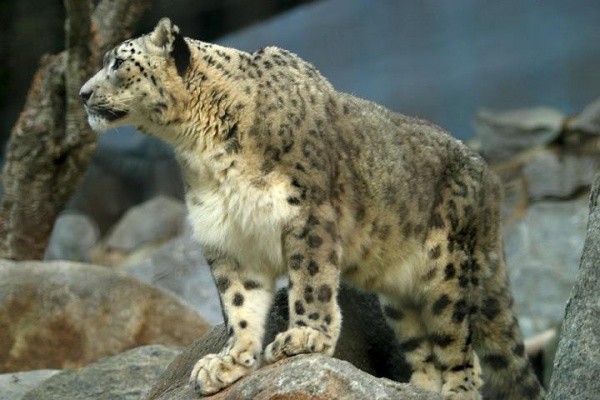
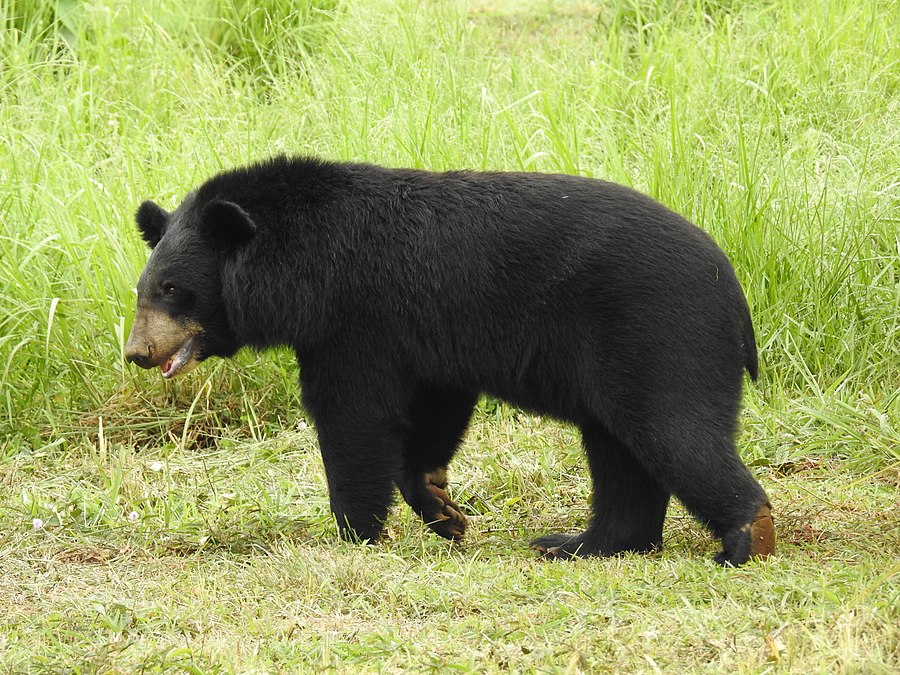
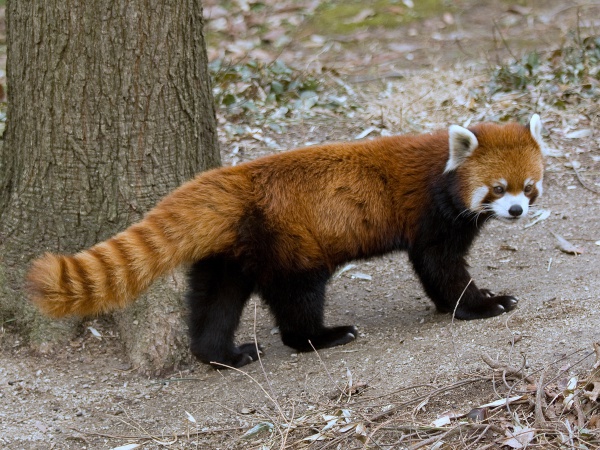
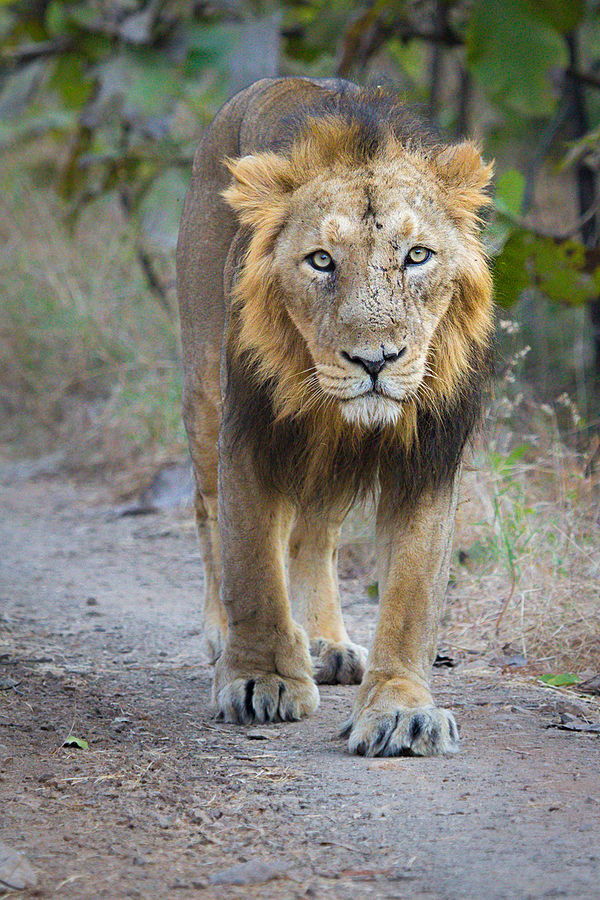


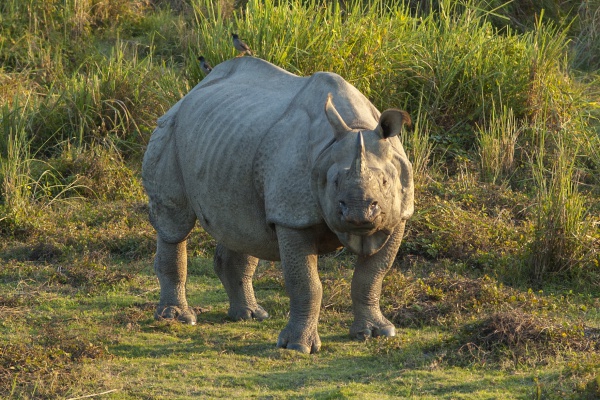
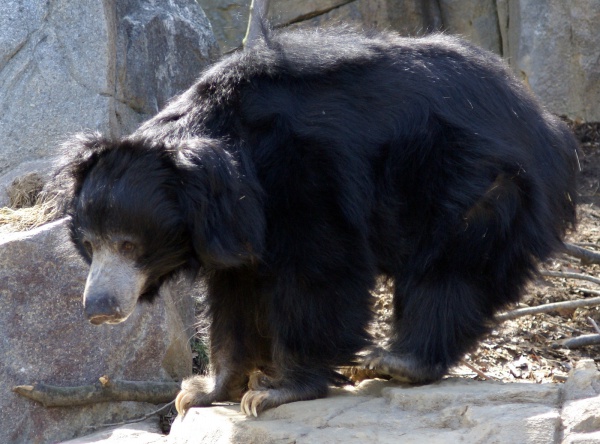
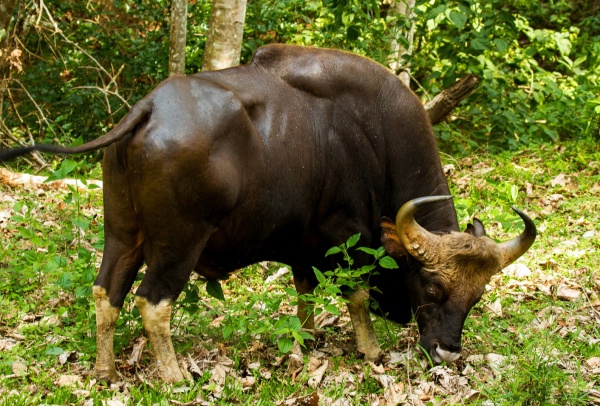
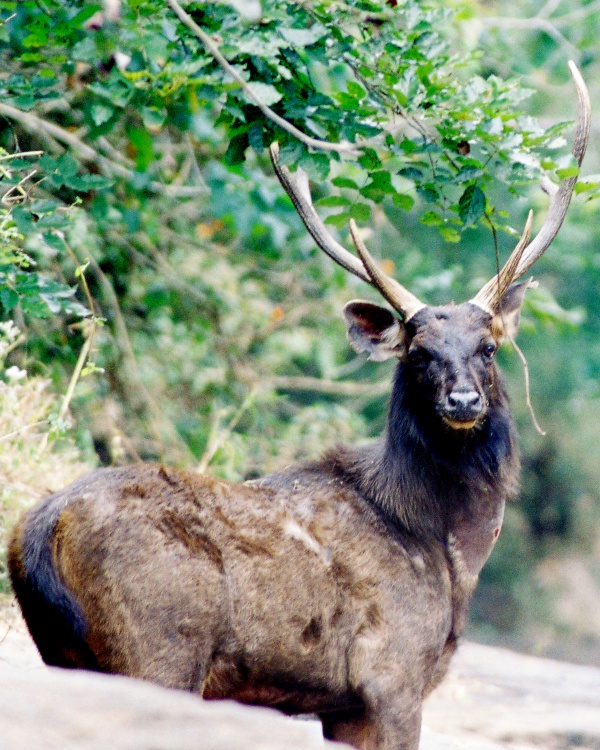
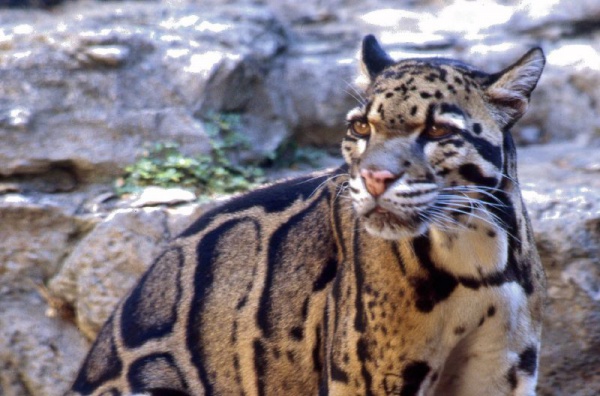
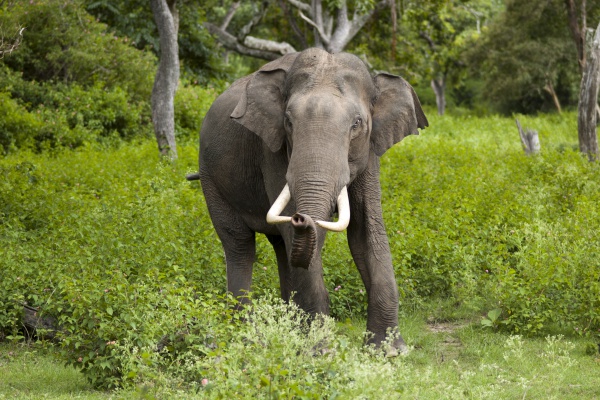
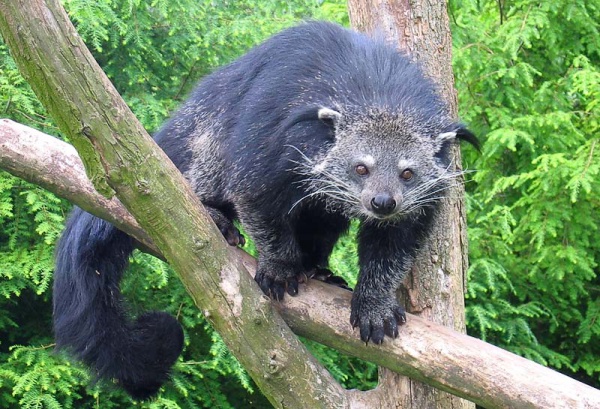
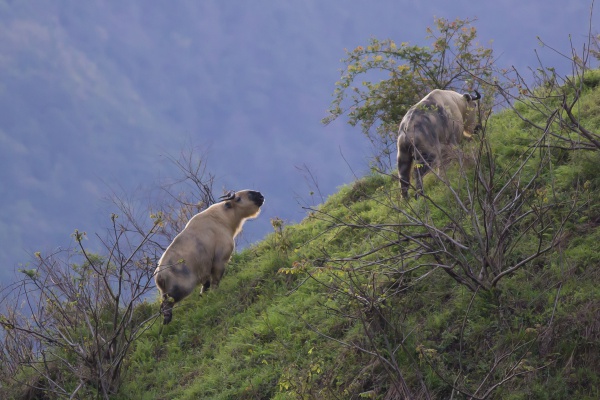
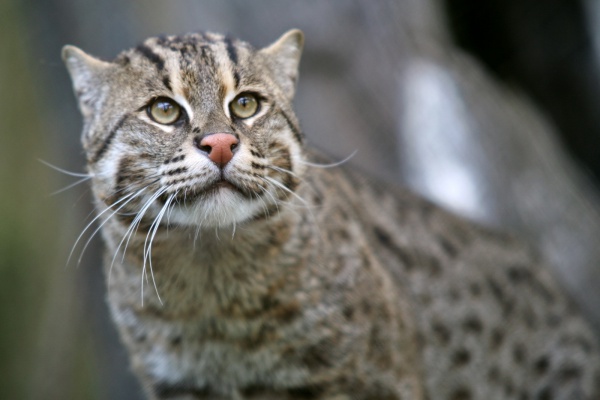
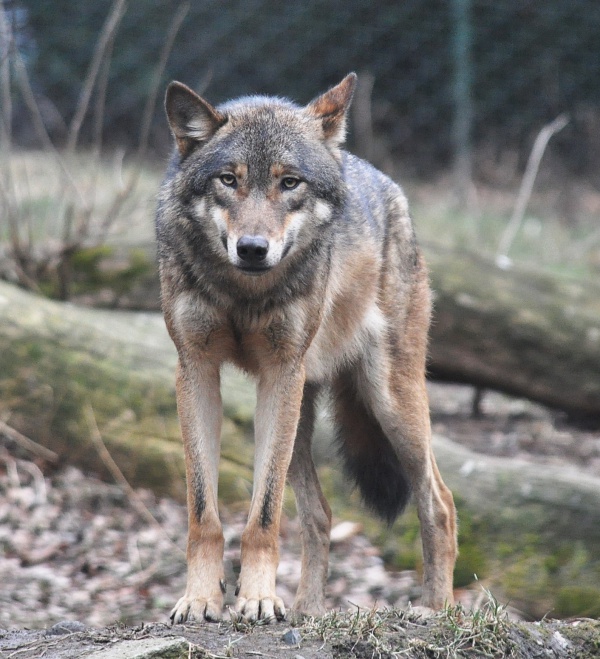
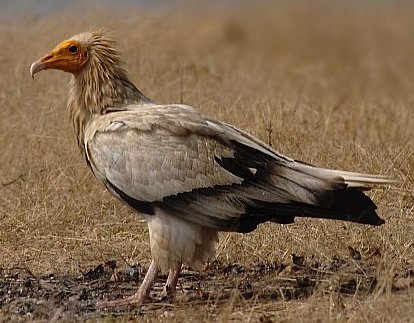
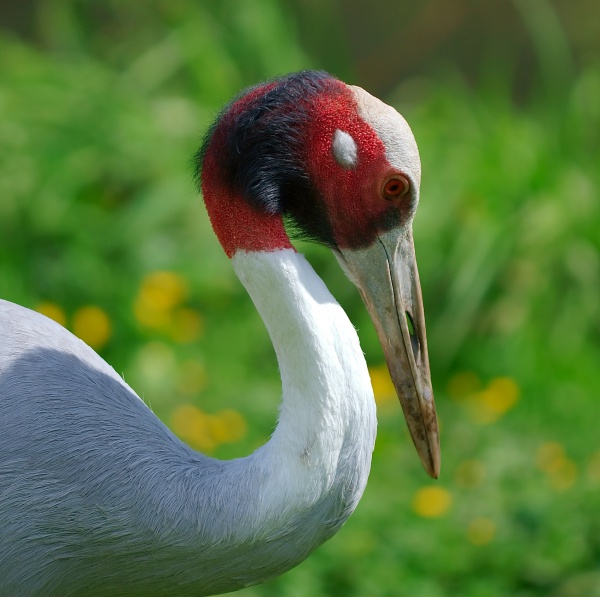
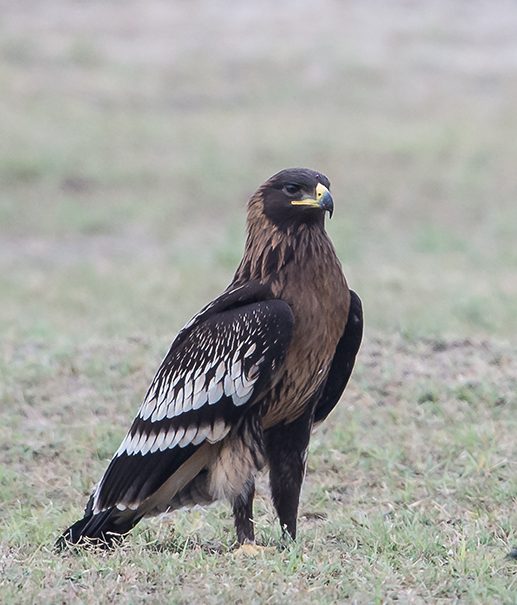
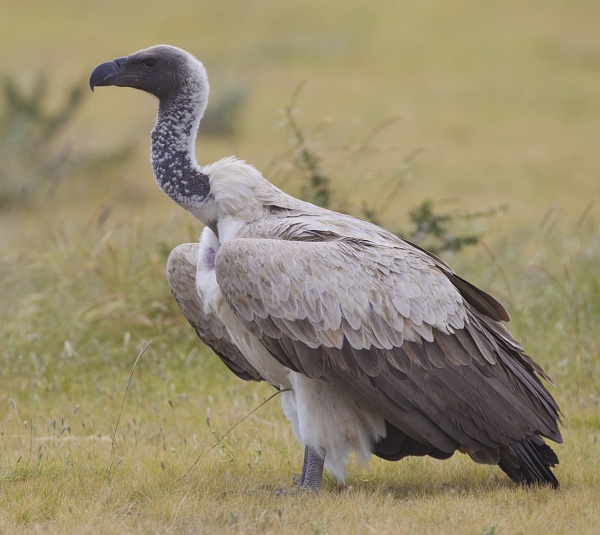
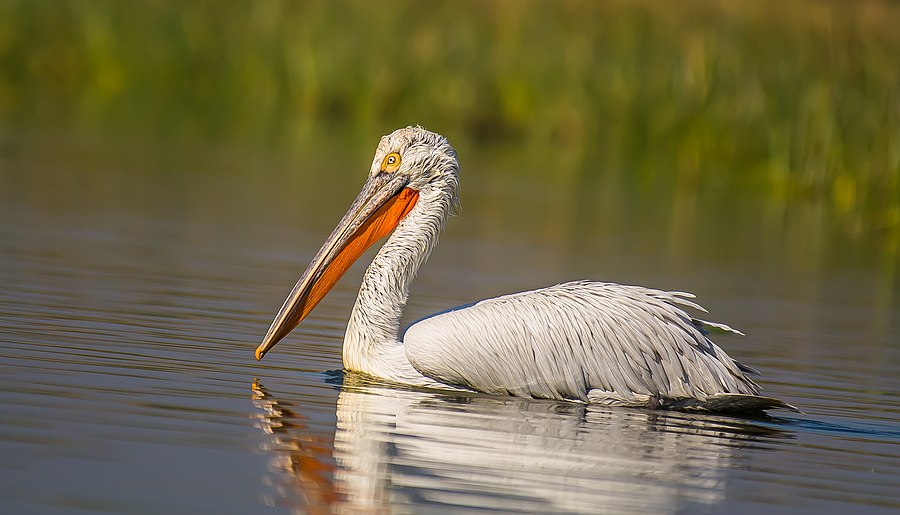
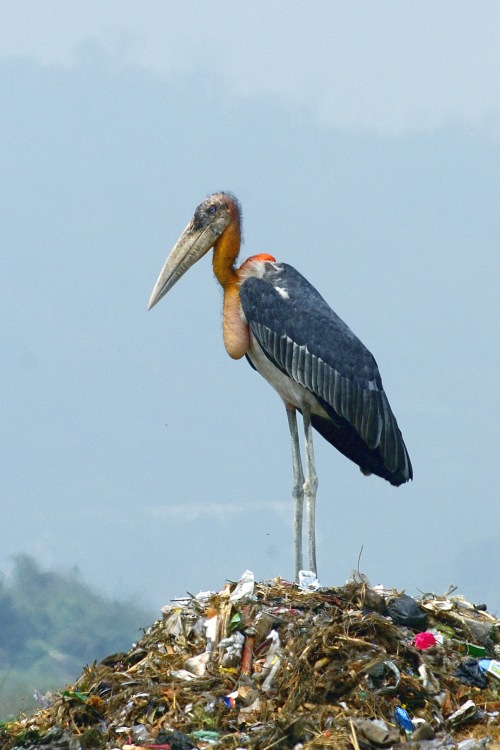
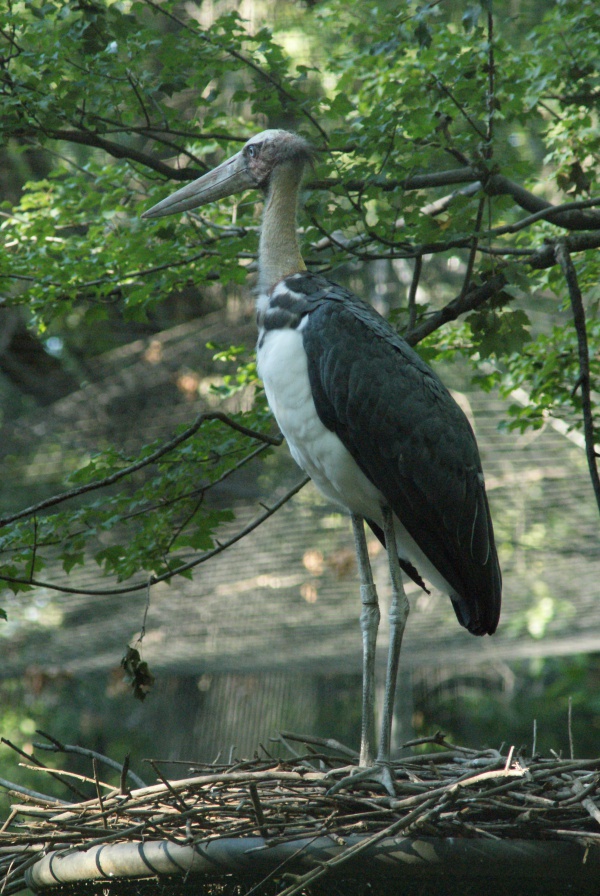
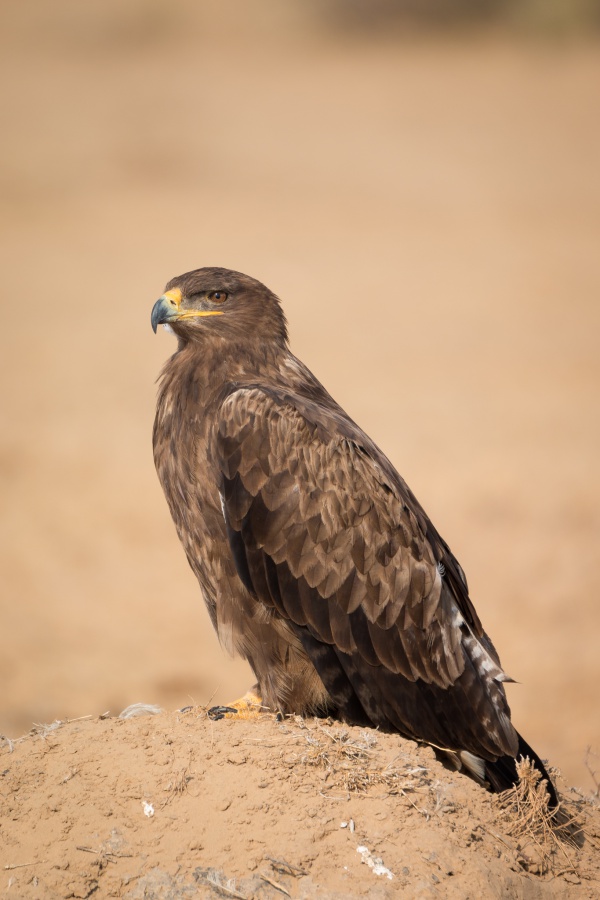
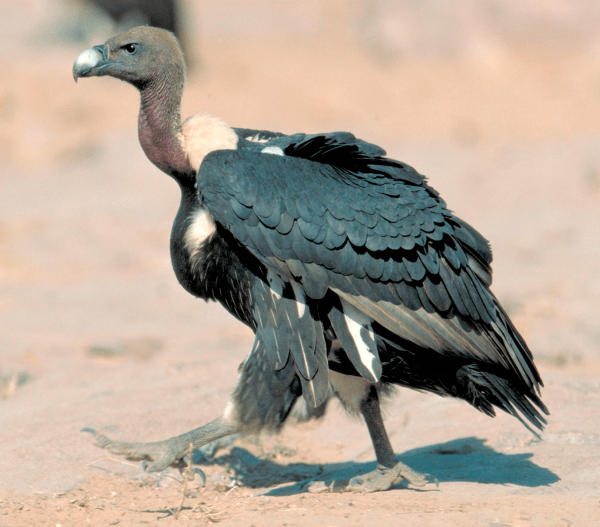
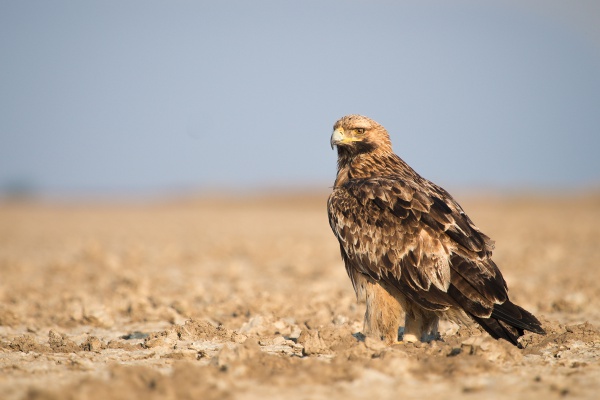
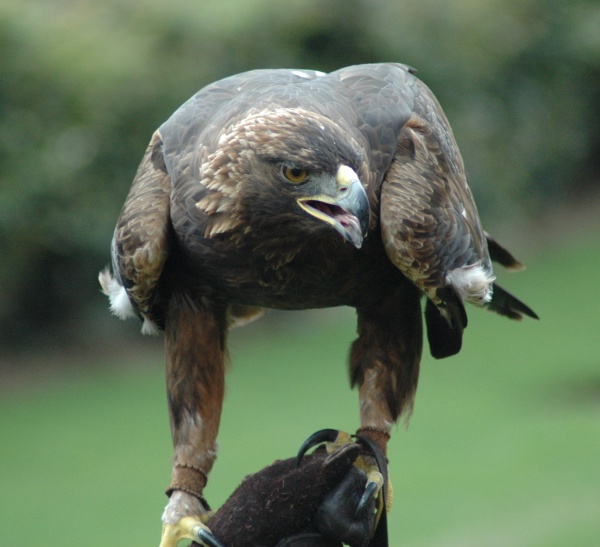
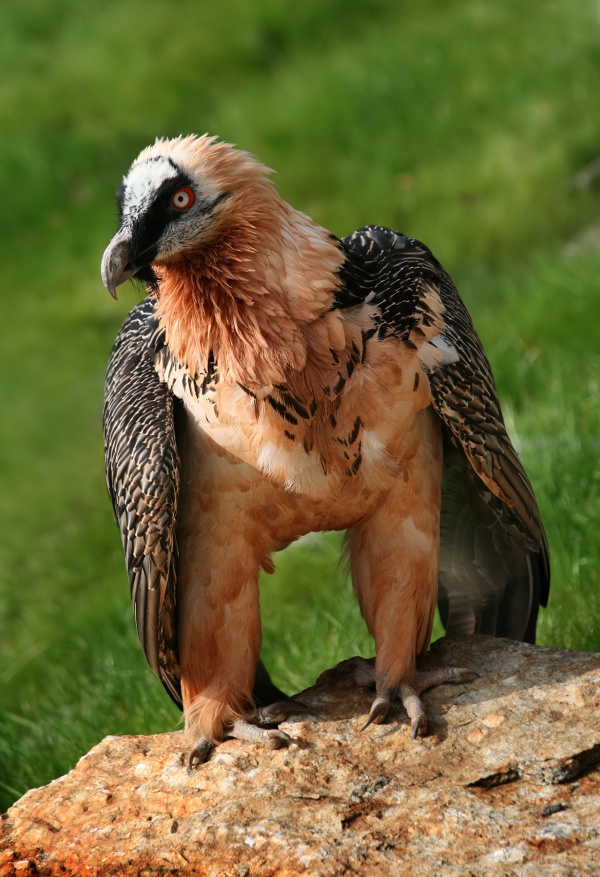
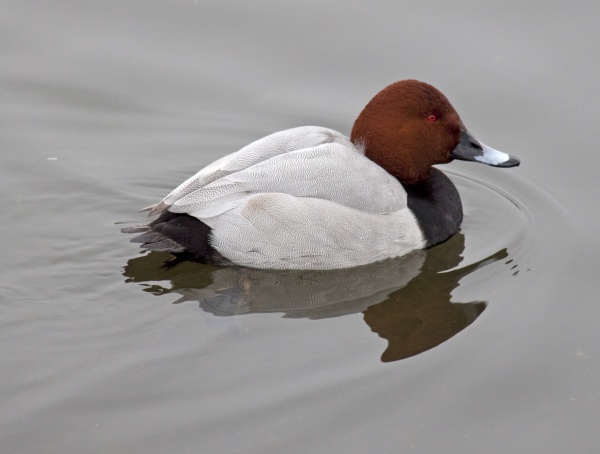
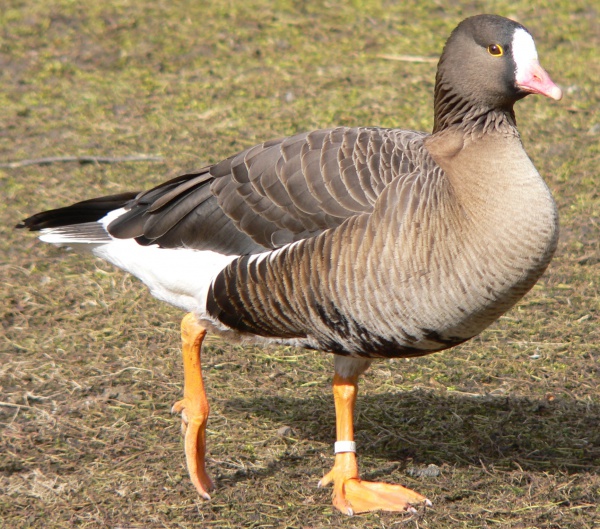
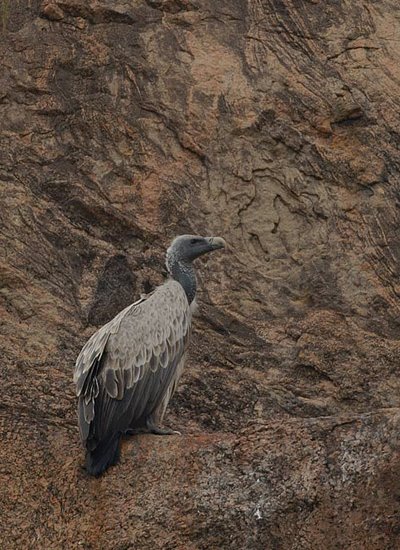
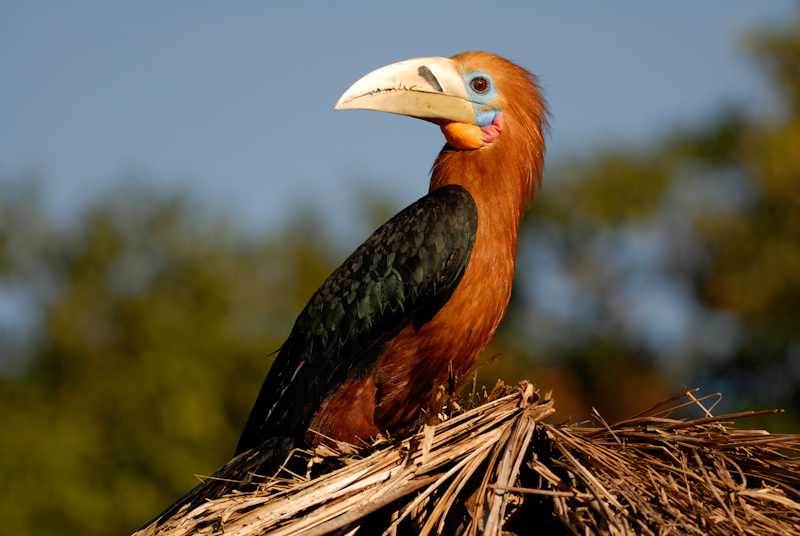
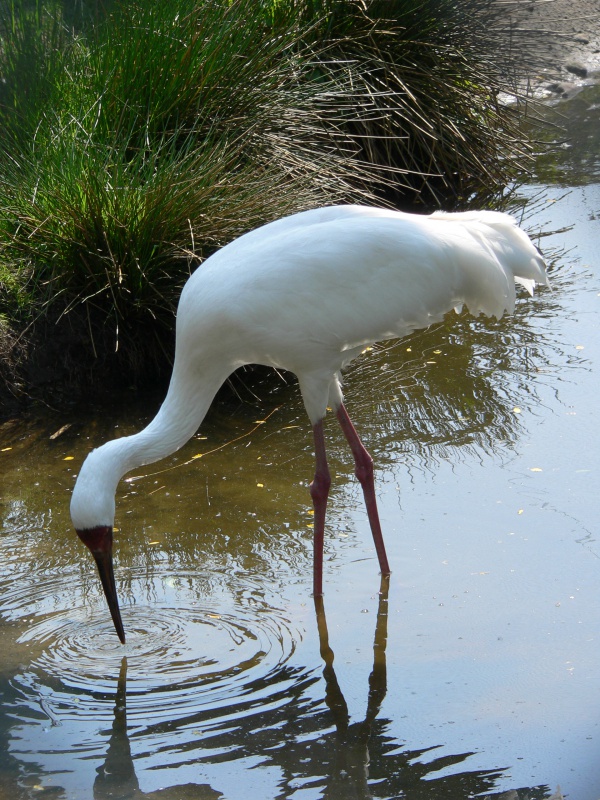
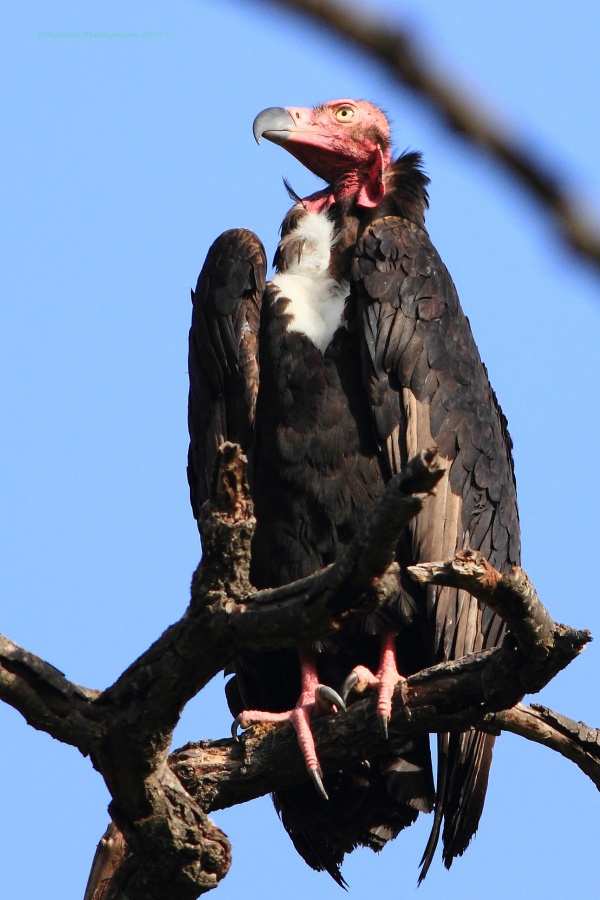
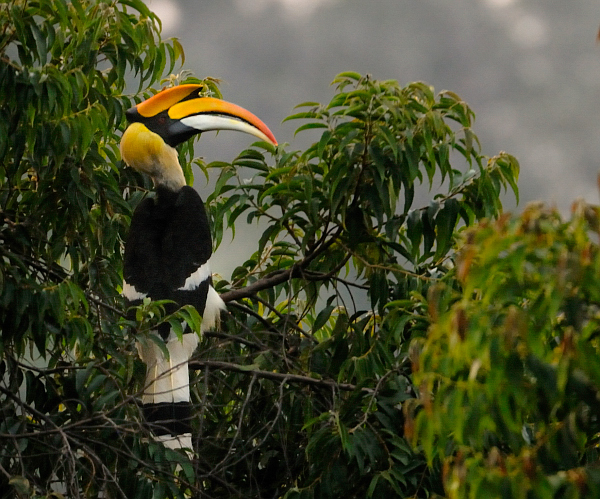
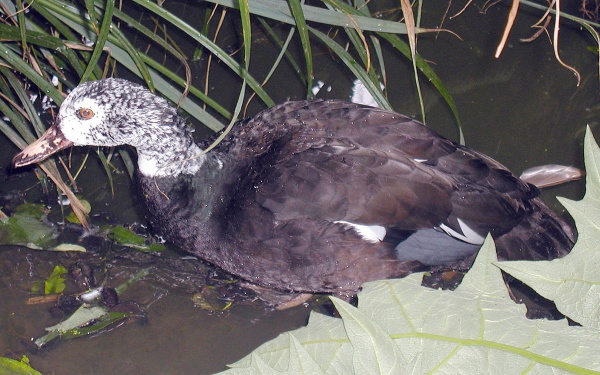
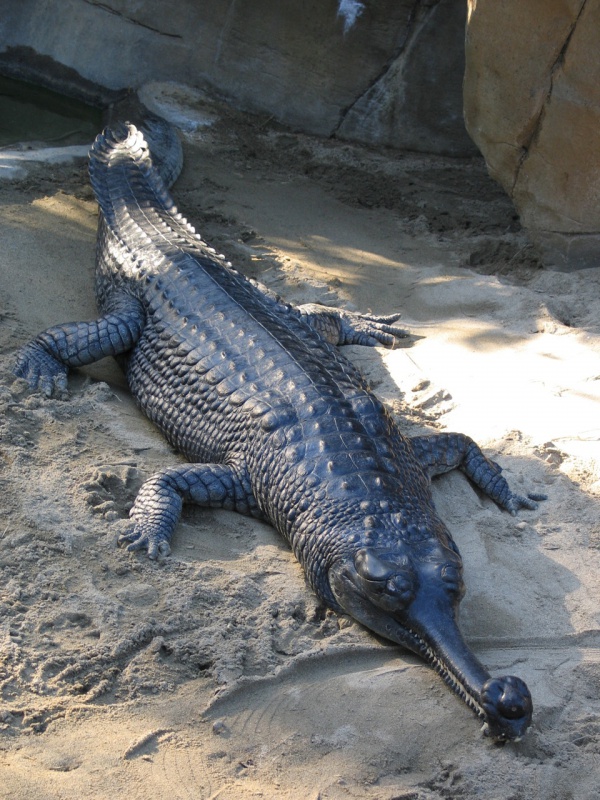


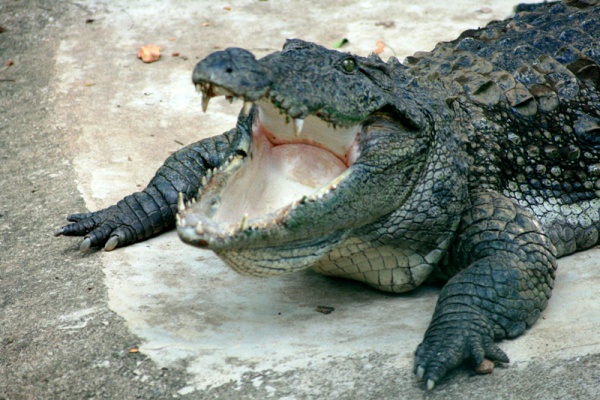
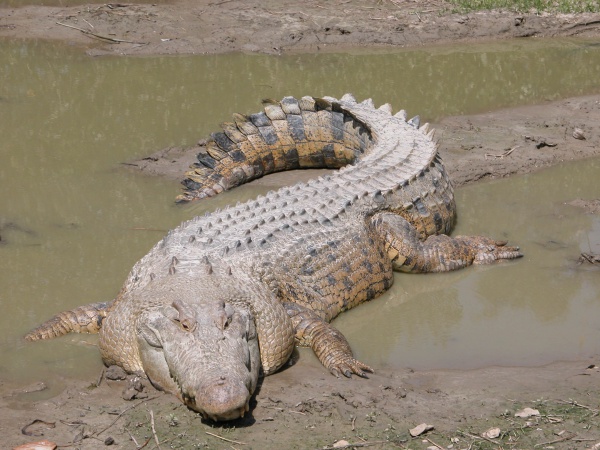
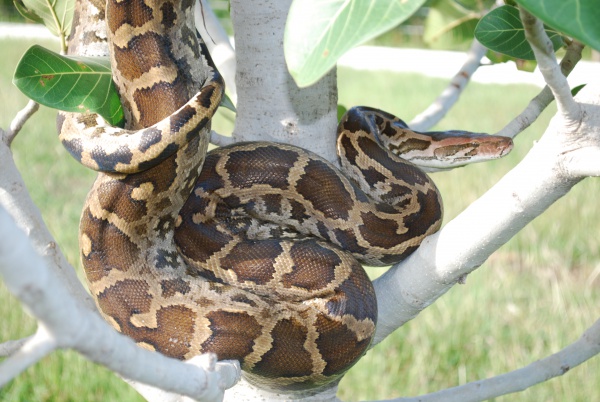
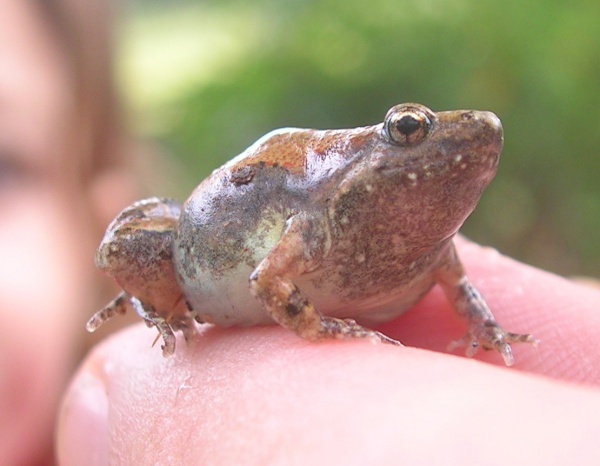
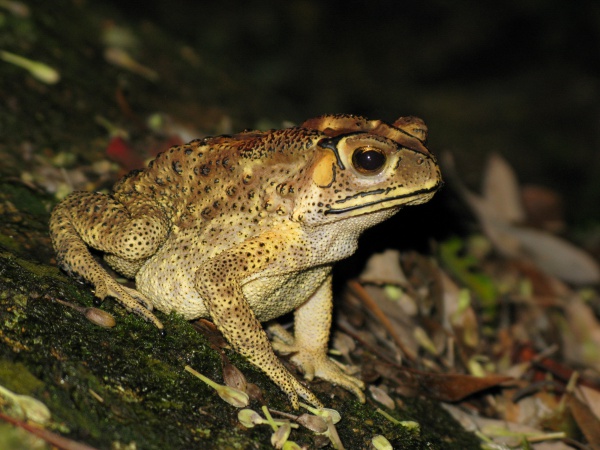
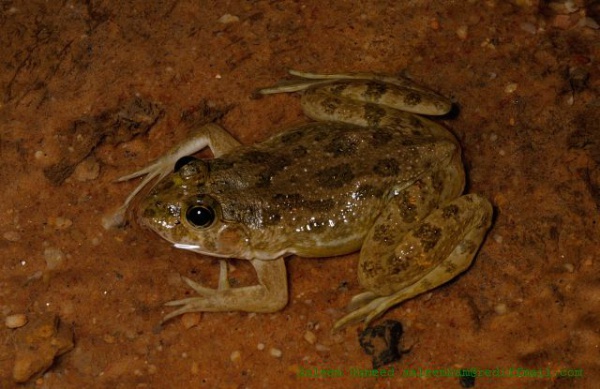
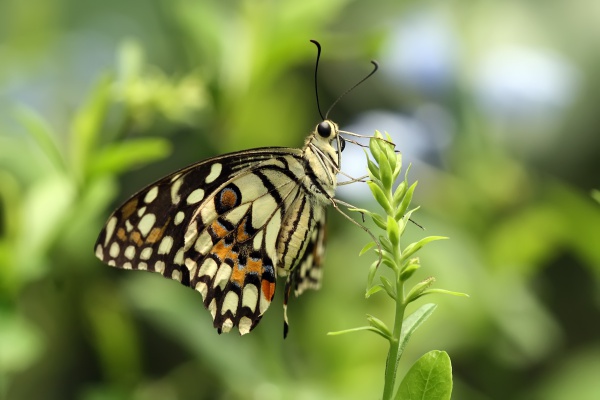

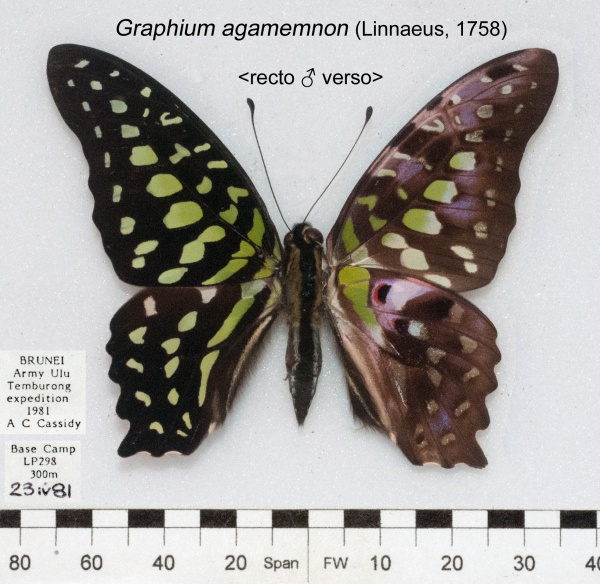


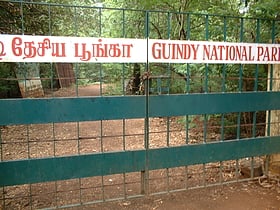
 Bhutan
Bhutan